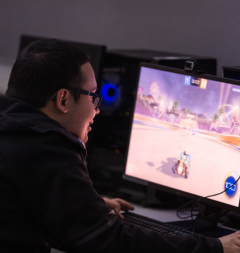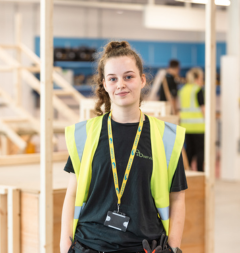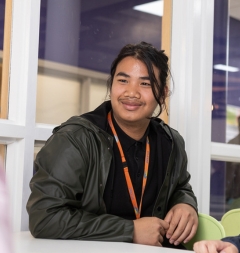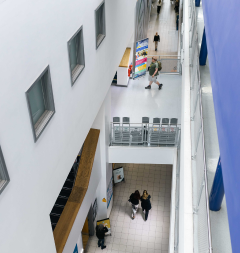Earlier this year the Royal Bank of Scotland announced that Mary Somerville (1780-1872) would appear on the new Scottish ten pound notes. Mary Somerville was a pioneer as a female scientist when women’s participation was discouraged. Her writings ultimately led to the discovery of the planet Neptune. So 144 years later congratulations Ms Somerville!
No doubt there will be further discussion in the media about how few women feature in the national portrayal of ‘Great Britons’. Most people are aware that women have historically been subject to all manner of barriers and hurdles when it has come to studying the arts and sciences. Social expectation, educational opportunity, professional exclusion and even biological determinism have been deployed to ensure the majority of women stayed within a narrowly (male) defined sphere.
There have been many challenges to these attitudes over the years and women have used many strategies to address the situation. Changes in education and employment law, professional recognition of women’s contribution to the history of science and just sheer determination and brilliance have made sure that gradually and sometimes grudgingly the role of women in art and the sciences has been acknowledged.
However the language we use in both fields remains stubbornly attached to gender. Artist and model. Scientist and engineer. These are still not neutral terms.
This year at Wirral Met College we have decided to select an all-female design team for the Chemicals Northwest Industry Awards 2016. We have done this to create discussion and debate. (8th March 2016 is International Women’s Day).

Are men and women fundamentally different in how they respond to the world? Is there such a thing as a female creativity? Can women bring a different set of skills to collaborative work? The five female art students were invited this year because their work offered a contrast to the masculine (?) and industrial looking designs of previous years. Here were organic looking designs that displayed great complexity, delicacy and strength. The forms and growth patterns seem to suggest many aspects of the natural world, its structure, mutability and beauty. Naturally there is a danger here in stereotyping women’s creative work and this remains a problem. How can women challenge stereotypes without defining and limiting themselves? For this project all of the artists have used designs derived from their own work which have then been developed further. In this sense they are a natural outcome of their current practice. One of the design team, Jacqueline Jerrard, has described the images produced, ‘Art and nature are very much combined in these artworks as we see nature as the beautiful complex patterns and colours that occur all around us. So with these works of art we are also representing ourselves as artists.’
The students involved in this year’s trophy designs for Chemicals Northwest are: Clare Flinn (Fellowship student) Abbigail Skinner (Level Six) Cheryl Bullough and Jacqueline Jerrard (Level Five) and Samantha Bristow (Level Four).





